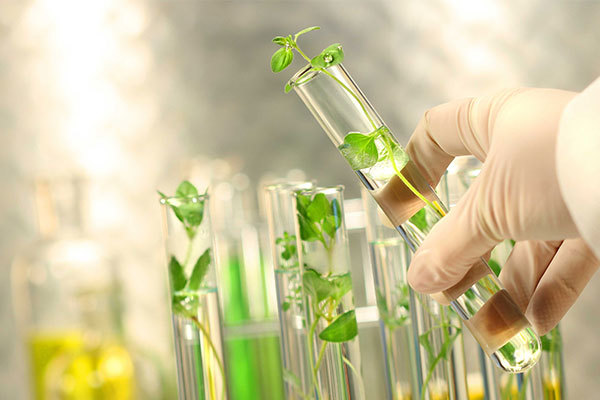Enzyme Biostimulants
Enzyme biostimulants are gaining significant attention in modern agriculture for their potential to enhance plant growth and improve crop productivity. These products contain enzymes or compounds that can stimulate biological processes within plants, promoting healthier growth and stronger resistance to environmental stress. By using enzyme biostimulants, farmers can improve their crop yields while reducing reliance on chemical fertilizers and pesticides.

Understanding the Functionality of Enzyme Biostimulants
At the core of enzyme biostimulants lies the action of enzymes that enhance various biochemical processes in plants. Enzymes are proteins that act as catalysts in biochemical reactions, speeding up processes like nutrient absorption, photosynthesis, and stress resistance. Enzyme biostimulants specifically target these areas by stimulating the plant's metabolic pathways. For example, enzymes that break down organic matter can make essential nutrients more readily available to plants, improving their nutrient uptake. This results in healthier and more robust crops.
Benefits of Enzyme Biostimulants in Agriculture
The use of enzyme biostimulants offers numerous benefits for both conventional and organic farming. First, they can help increase the overall crop productivity by optimizing nutrient use and promoting better plant health. Secondly, enzyme biostimulants contribute to improved stress resistance, allowing crops to withstand adverse conditions such as drought, salinity, and extreme temperatures. Finally, enzyme biostimulants play a crucial role in enhancing soil health by encouraging beneficial microbial activity, which, in turn, supports plant growth. This holistic approach to farming is essential for achieving long-term agricultural sustainability.
Application Methods and Types of Enzyme Biostimulants
Enzyme biostimulants can be applied in various forms, including foliar sprays, soil applications, or seed treatments. The method of application depends on the specific needs of the crops and the nature of the biostimulant. Different types of enzyme biostimulants are available, such as those based on proteases, amylases, and cellulases. Proteases break down proteins, amylases target starch, and cellulases assist in the breakdown of cellulose. These enzymes support different plant processes and can be selected based on the desired outcome, such as enhancing root development or improving resistance to disease.
Enzyme biostimulants are revolutionizing the way we approach agriculture. With their ability to enhance plant growth, improve stress resilience, and support sustainable farming practices, they offer a promising solution for the future of food production. As more research is conducted and new enzyme formulations are developed, the role of enzyme biostimulants in agriculture will continue to expand, offering farmers more tools to optimize crop production in an environmentally friendly way. By incorporating these biostimulants into agricultural practices, we can move towards a more sustainable and efficient farming system, benefiting both the environment and global food security.


评论
发表评论